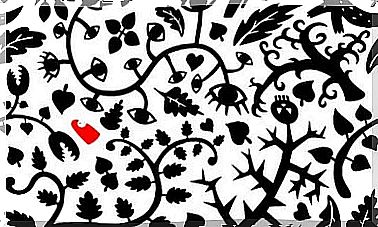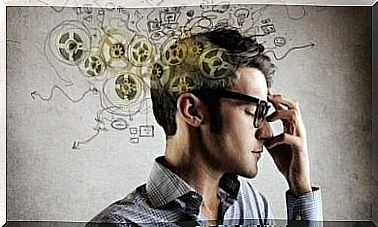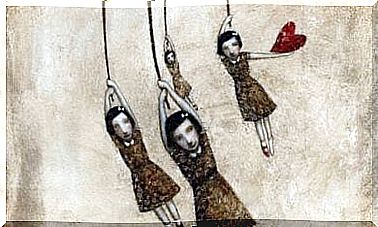The Illusion Of Truth: Believing That Something Is True When It Is Not

The illusion of truth is a mechanism that causes one to believe that something is true when it is not. In fact, they do not just believe in it; they also defend it as true. They also close themselves for the possibility that it may be false.
The illusion of truth, also called the illusory truth effect, arises because there is an error in our processing of reality . As humans, we tend to say that familiar things are true.
In 1977, a study was conducted. A group of volunteers were presented with 60 statements. The researchers asked them to say whether they were true or false. The same exercise was repeated later . The researchers noted that these people considered the statements they had already read before to be true, no matter how reasonable they were.
“A lie would have no meaning unless the truth felt dangerous.”
–Alfred Adler–
The illusion of truth and implicit memory
This mechanism appears to work because of “implicit memory.” In the previous experiment, participants rated the statements they had already seen as true – despite the fact that they had clearly stated that they were false. In short, if the statements seemed “familiar,” they also seemed right.

The illusion of truth occurs without involving explicit and conscious memory. It is a direct result of implicit memory, a type of memory that uses past experience to perform tasks. This is a strategy that the mind uses to save energy.
Implicit memory is present when you tie your shoes, for example. First, you learn how to do it. Later, you perform this task mechanically, automatically . If you have to tie something other than your shoes, you will probably use the same technique, even if it is not the best for the job. In other words, you tend to create models, to apply them in different situations.
This mental strategy is also applied to more abstract realities, such as ideas. This leads to the illusory truth effect . This means that you are more likely to believe in an idea or a way of thinking if it seems familiar and coincides with past experiences. Herein lies the risk of making unwanted decisions.
The illusion of truth and manipulation
The illusion of truth has many problematic effects. As the old Nazi proverb says, “If you repeat a lie enough, it will be the truth.” A statement that is repeated, even if it is incorrect, tends to be perceived as true. Most people are not interested enough or have the resources to check if something is truthful or not.

In fact, the illusory truth effect is a shortcut that the mind takes to avoid spending more effort than necessary. If we exposed everything we thought and did to analysis, we would be exhausted in less than an hour.
Why is it better to be awake during the day instead of at night? Should we have breakfast or not eat anything early in the day? What we eat for breakfast is good, or do we just eat it out of habit?
It is impossible to judge according to the truth. Therefore, the human brain helps you and simply organizes information based on what you have learned . It is a strategy that helps you in life.
The illusion of truth does not negate logic
An important aspect of the illusory truth effect is that no matter how strong it may be, it does not negate logical reasoning. This means that you can always perform mental processes that allow you to understand what is true or false.
It also means that the power of manipulation over the mind is limited. It only traps you in the illusion when you decide not to use your best logical methods . If you decide to use them, the effect will be reduced.

As you can see, it would be interesting to question the most important aspects of reality. You should ask yourself why you believe in the things you do . Do you think something is true simply because you have heard it many times ? Or is it true because you have sufficient evidence to believe it?









